When we hear Japanese garden, we immediately remember cherry blossoms. But do you know there are several other plants you can grow in your garden to call it a “Japanese Garden?”
Having traditional Japanese plants in your own garden gives it an aesthetic look as well as a serene ambiance. The Japanese plants are available in so many shades that you will be left nothing but amazed.
Here in this article, we will let you know about a variety of Japanese plants to keep your garden zen.
1. Japanese Maple
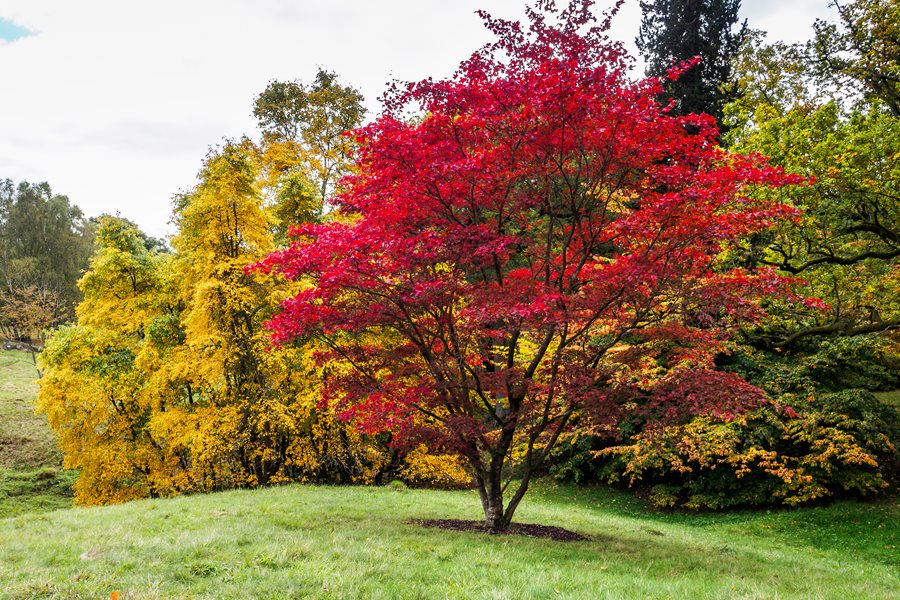
It would never happen to talk about Japanese gardens and won’t mention Maple. This sun-loving plant comes in various eye-catching shades of green, yellow, crimson, and even orange. It reaches up to a height of 25 feet and requires well-drained, acidic soil. Water it as long as the soil remains moist.
2. Bamboo
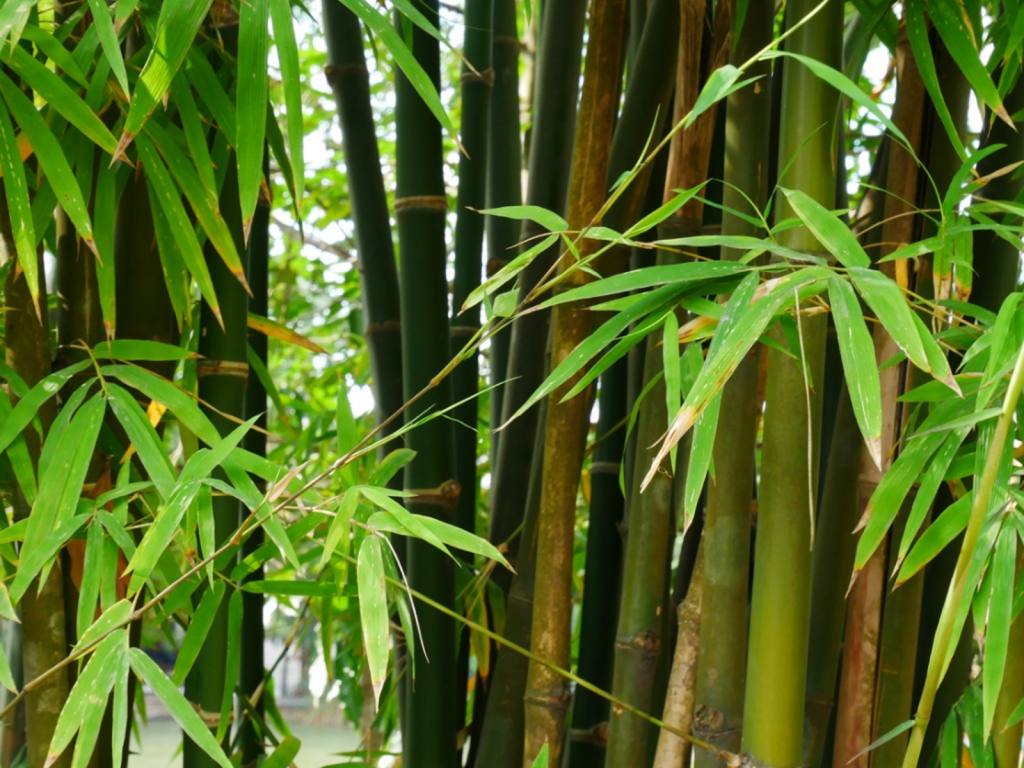
Different varieties of bamboo are grown in Japan widely, but the most common is timber bamboo. In Japan, it is considered a sign of affluence, strength, and health. The reason is that it has quite strong roots that stay intact despite the harsh climatic conditions. People believe that its roots keep ground and other elements integrated, thus getting its prominence in Japanese culture. It not only has a pleasant appearance but has a wide range of uses too.
3. Japanese Azalea
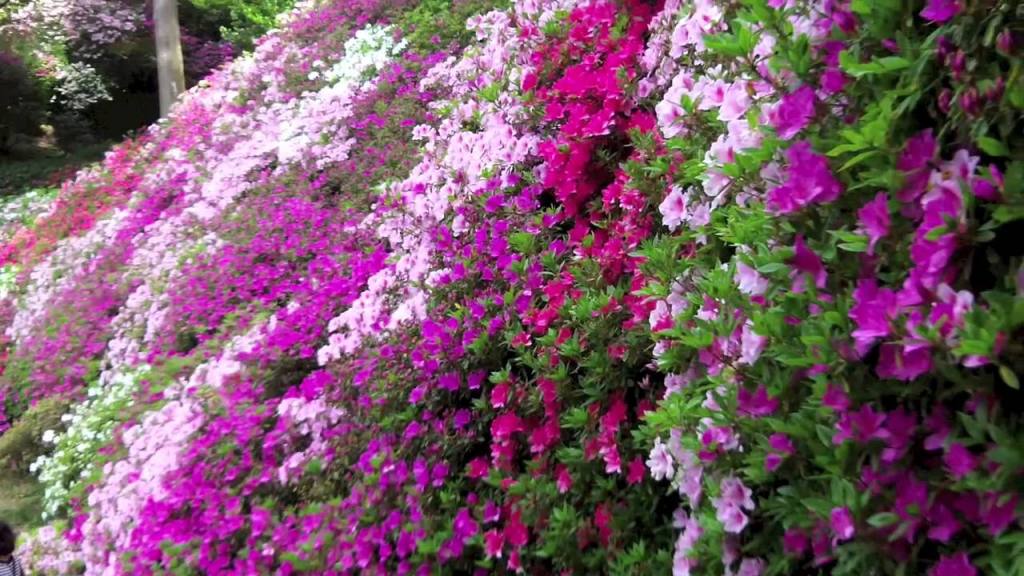
This small shrub with red, pink, white, and even yellow blooms and is quite popular in Zen plants. They thrive in full sun to partial shade and can grow up to 6 feet tall.
4. Hosta
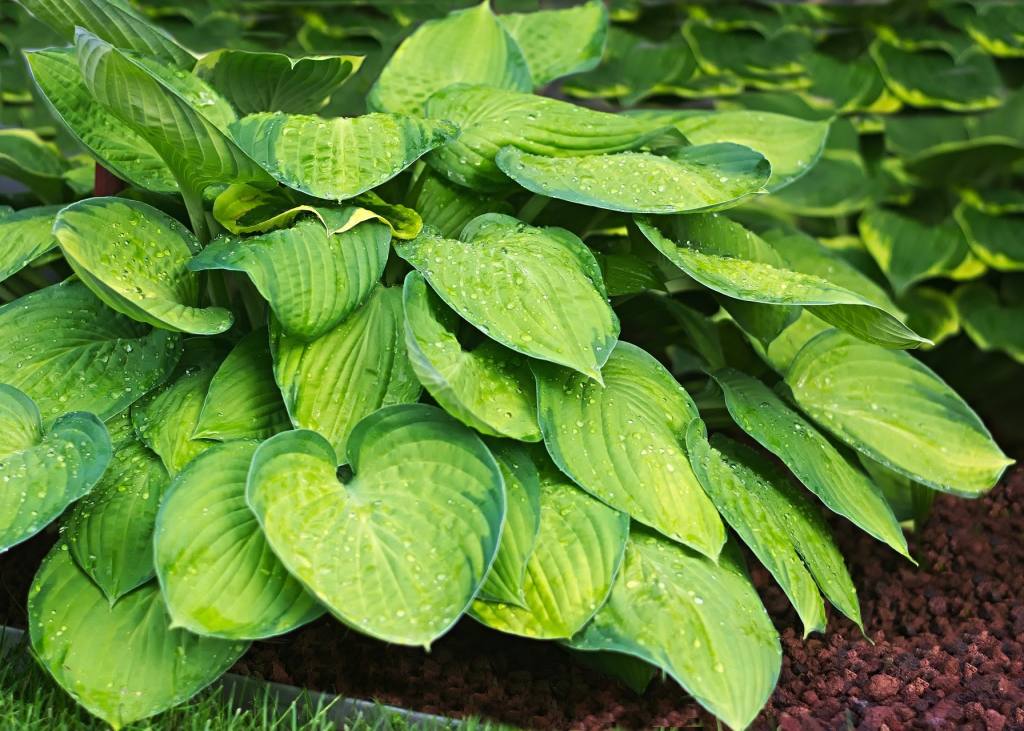
This might be a rare species that also provides a wide range of colors in its leaves. From lush green, blue to deep red, it won’t disappoint you. It prefers being in the shade, and watering it thoroughly is quite beneficial for it.
5. Moss (“koke” in Japanese)
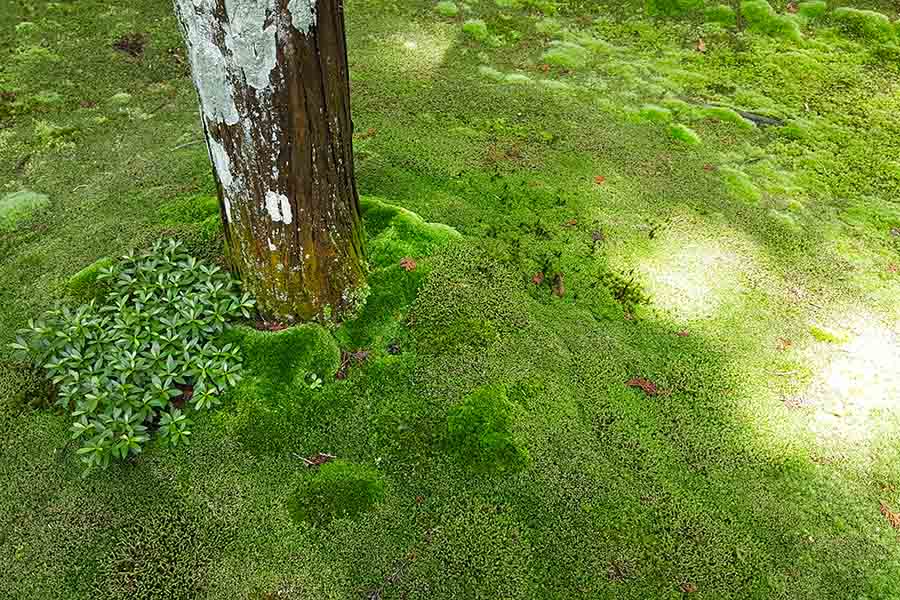
Mosses do not like disturbance around them. Maybe that is the reason they are considered as a symbol of peace and harmony in Japan. They prefer a shady and moist environment to grow. We can say that any Japanese garden is incomplete without mosses.
6. Hydrangea

The aesthetic appearance of hydrangea will definitely leave you and your visitors in awe. They prove to be the centerpiece of attraction, wherever implanted. This rain-loving flower bush produces blooms in a brilliant blue and purple color and is admired in Japanese gardens. They require well-drained soil. Their color usually depends upon how acidic the soil is, ranging from pink to violet.
7. Davallia

Were you waiting for a fern? Here it comes. It cantakee its place anywhere, may it be a pot or near the sidewalk. But plant it in well-drained and fertile soil in a shady region for best results.
8. Japanese Snowdrop
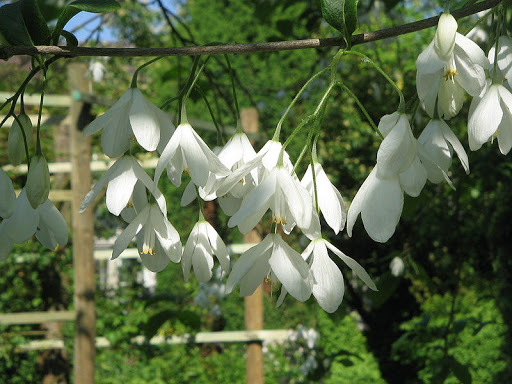
It is also known as “Japanese Styrax” and “Japanese Snowbell”. Every part produced by this plant has a pleasing sense in it, may it be leaves or flowers. It produces white-colored, crown-shaped blooms on sagging stems with leaves that turn orange during autumn.
9. Chrysanthemum

Also known as “Kiku” in Japanese, the chrysanthemum has its unique place in Japanese culture. The fun fact is, it is not native to Japan, but to China instead. It was brought to Japan in the 5th century and attained its fame as an icon of Japanese royalty.
10. Wisteria
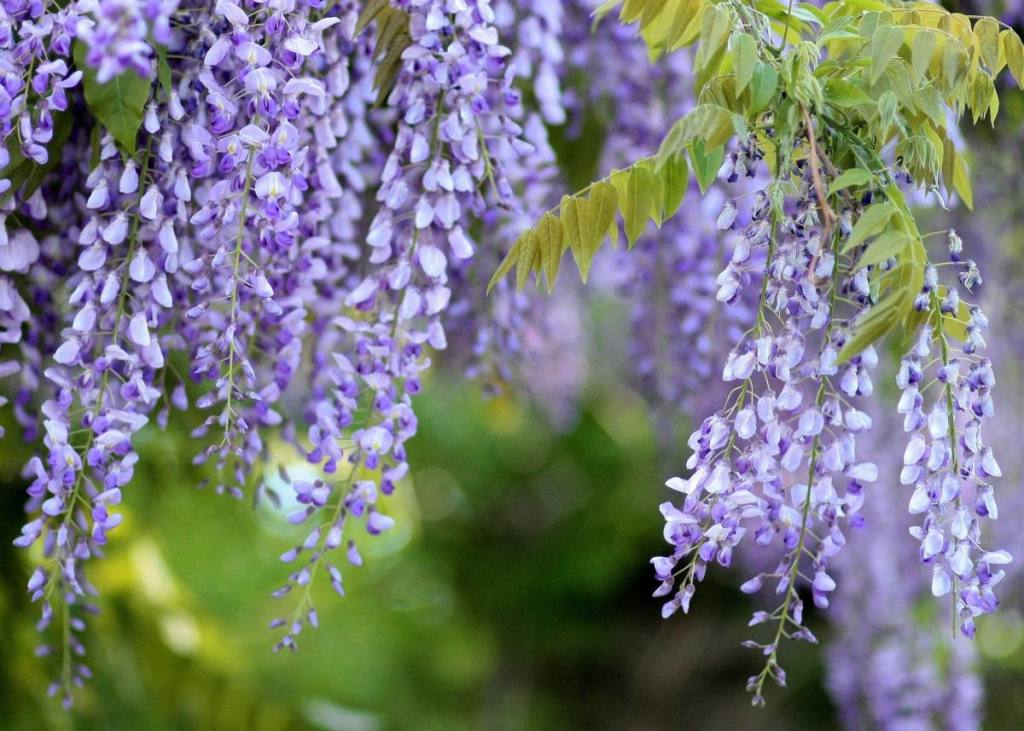
Wisteria’s scent is as pleasing to the senses as the flower is to the eyes. It has a sweet, engaging fragrance that will make your soul dance from within. And to talk about its appearance, it has beautifully structured pinkish-violet blossoms hanging on the long vines. It is a perfect treat to your vision as well as olfactory senses.
11. Hakone Grass

They have a descending pattern of fragile grass strands, which gives a sense of tranquility to the Japanese garden. The color of the foliage gradually changes from lush green to yellowish between spring and fall. It can reach up to 2 feet and produces healthy foliage in partial shade. Maintain rich and moist soil.
12. Camellia

These pretty flowers won’t break their promise once they decide to stay with you forever. They really do live that long. Their petals are beautifully embellished with pretty colors such as red, pink, and white. They love winter as no other plant does. In fact, they are even called as “rose of winter.”
13. Japanese holly

They produce tiny- little sleek leaves with small black and red fruits. They even produce miniature white flowers sometimes. People often confuse them with boxwood, but these are quite different. The best part is that they require a minimal amount of care. You need to water them occasionally to keep the soil moist.
14. Iris

Well, a diversity of colors has to be present when it comes to Zen plants. These blossoms produce flowers ranging all the way from black to white. Fascinating, right? We can say there are hardly any varieties that can produce such a wide range of shades.
Shower some love on them, and you will see them all grown up in no time. Watering them in abundance is a must as they prefer damp soil. They require nutrient-rich soil as well, so fertilize them periodically.
15. Cherry blossoms (“Sakura” in Japanese)
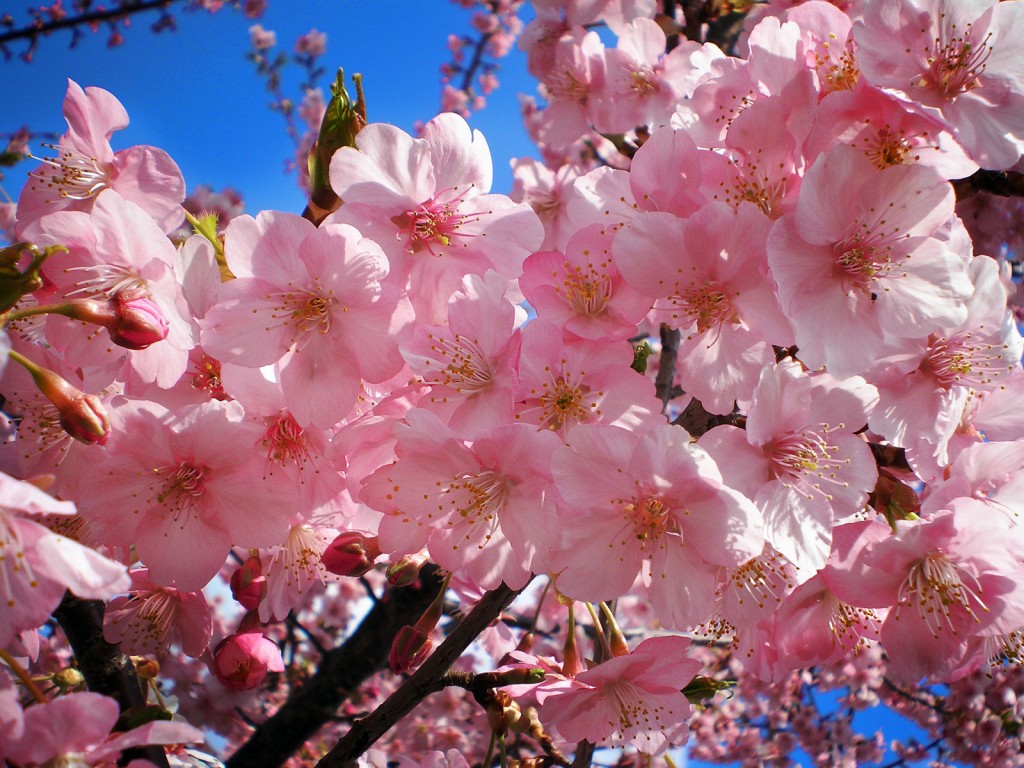
This is the most graceful floral beauty one could have ever seen. With or without blossoms, this tree is bound to look attractive. With its faint pink blooms hanging on the fragile tresses and serene scent, it will melt your heart right away. During fall, all that remains is a brown bare trunk with branches spread out wide; which is sure to blow your mind.
Here, we end our list of adorable zen plants that you can easily adopt in your garden and add colors to your life like never before! These bright and colorful plants are easy to go with any of the other Japanese garden ideas and certainly create a tranquil atmosphere.
Keep your plants Zen, People!

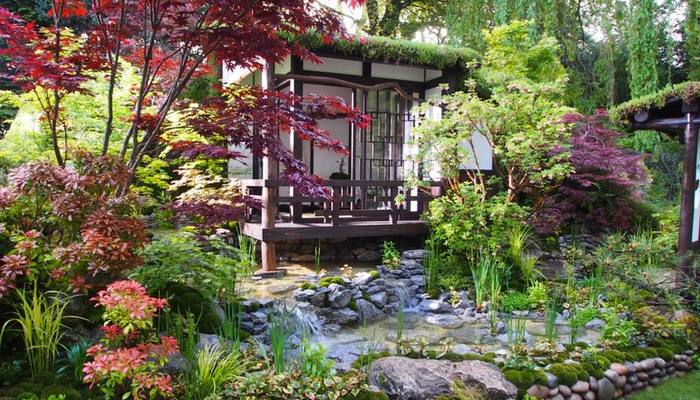



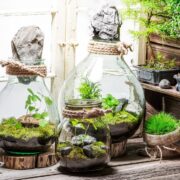
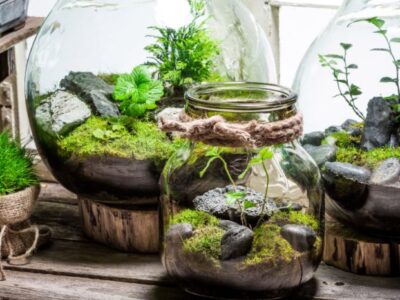


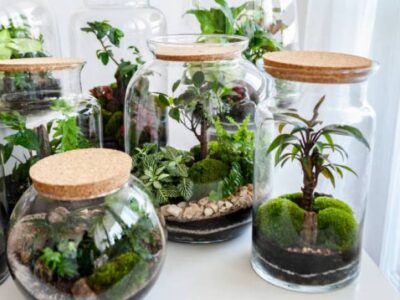
Comments